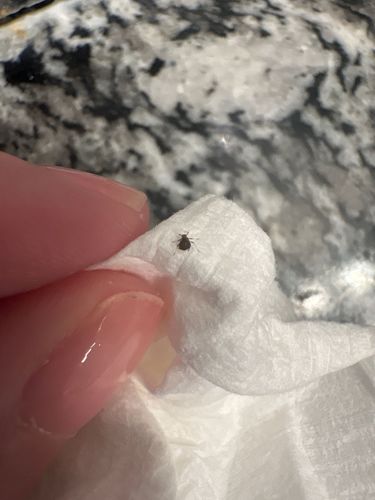Fungus Gnat
Scientific Name: Bradysia spp. (though various genera exist in the Sciaridae and Mycetophilidae families)
Order & Family: Order: Diptera, Families: Sciaridae, Mycetophilidae
Size: 2-8 mm (adults)

Natural Habitat
Damp, rich organic matter such as potting soil, compost, decaying leaves, and other moist environments. Often found around houseplants.
Diet & Feeding
Adult fungus gnats typically do not feed or feed on liquids, while larvae feed on fungi, decaying organic matter, and sometimes plant roots.
Behavior Patterns
Adults are weak fliers and are attracted to light and moisture; they are often seen flying erratically around plants or walking on surfaces. Larvae live in the soil. The life cycle from egg to adult can be completed in about 3-4 weeks depending on conditions.
Risks & Benefits
Potential risks include damage to plant roots by larvae, especially seedlings and young plants, leading to wilting, stunted growth, or even death. They are generally harmless to humans, though their presence can be a nuisance. No significant benefits to humans are typically associated with fungus gnats.
Identified on: 10/19/2025